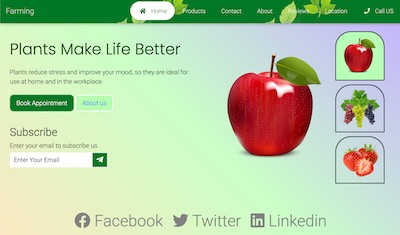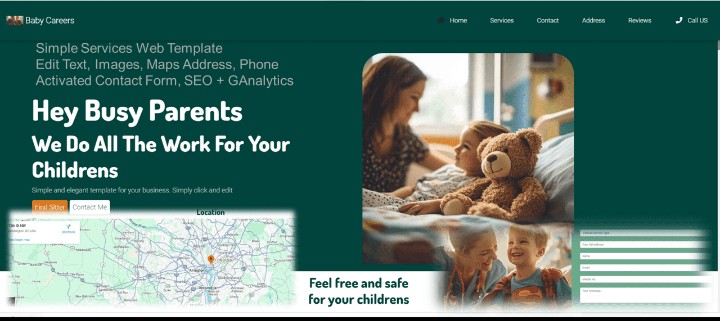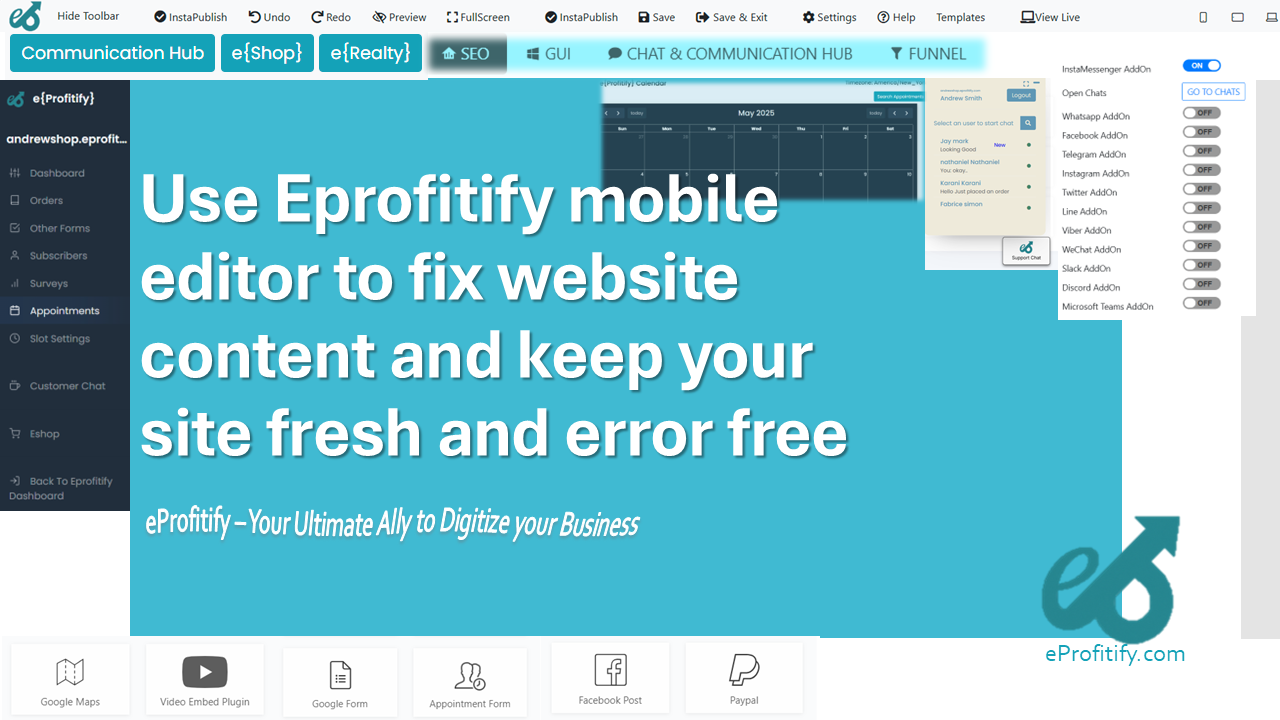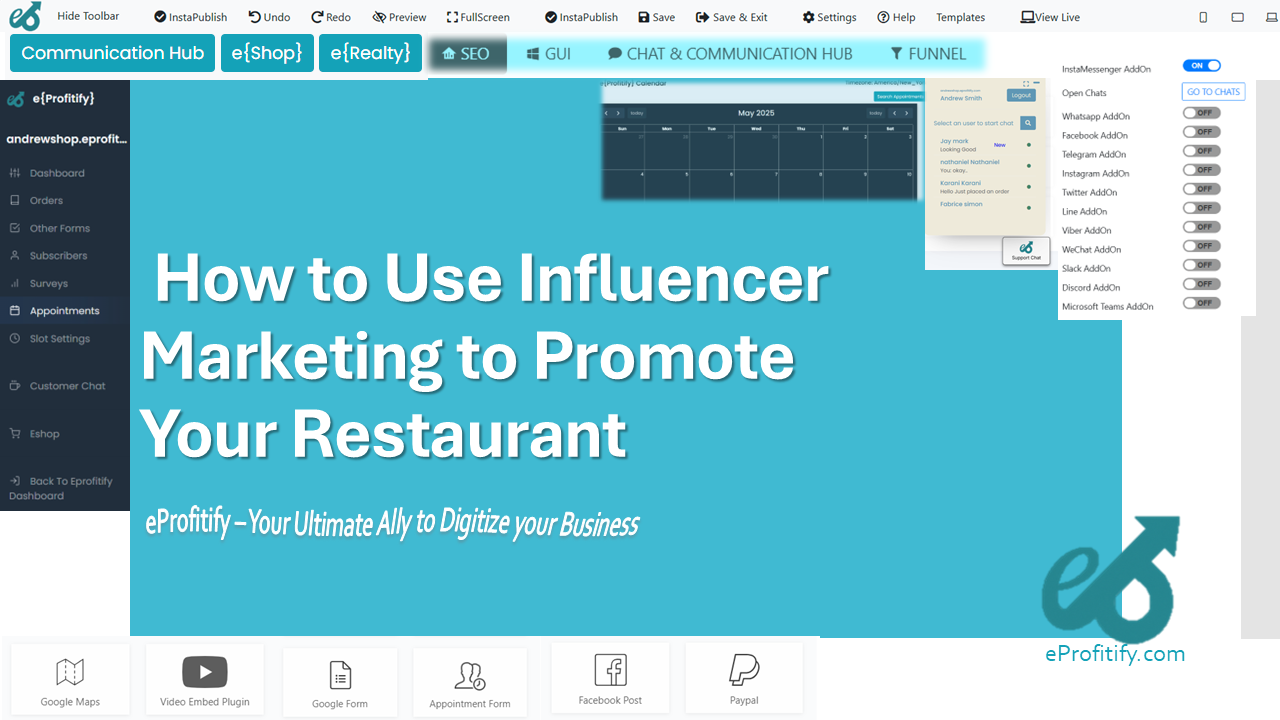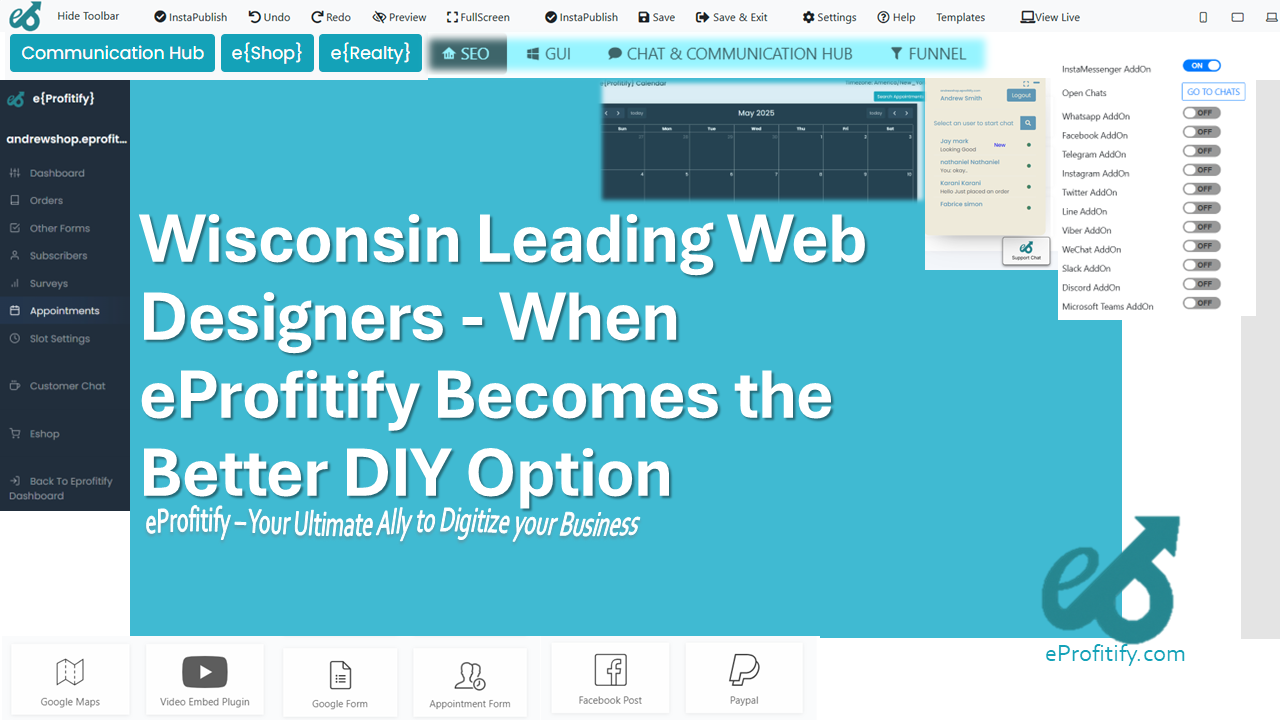Home healthcare agencies use eDocuflow by eProfitify for client service plans
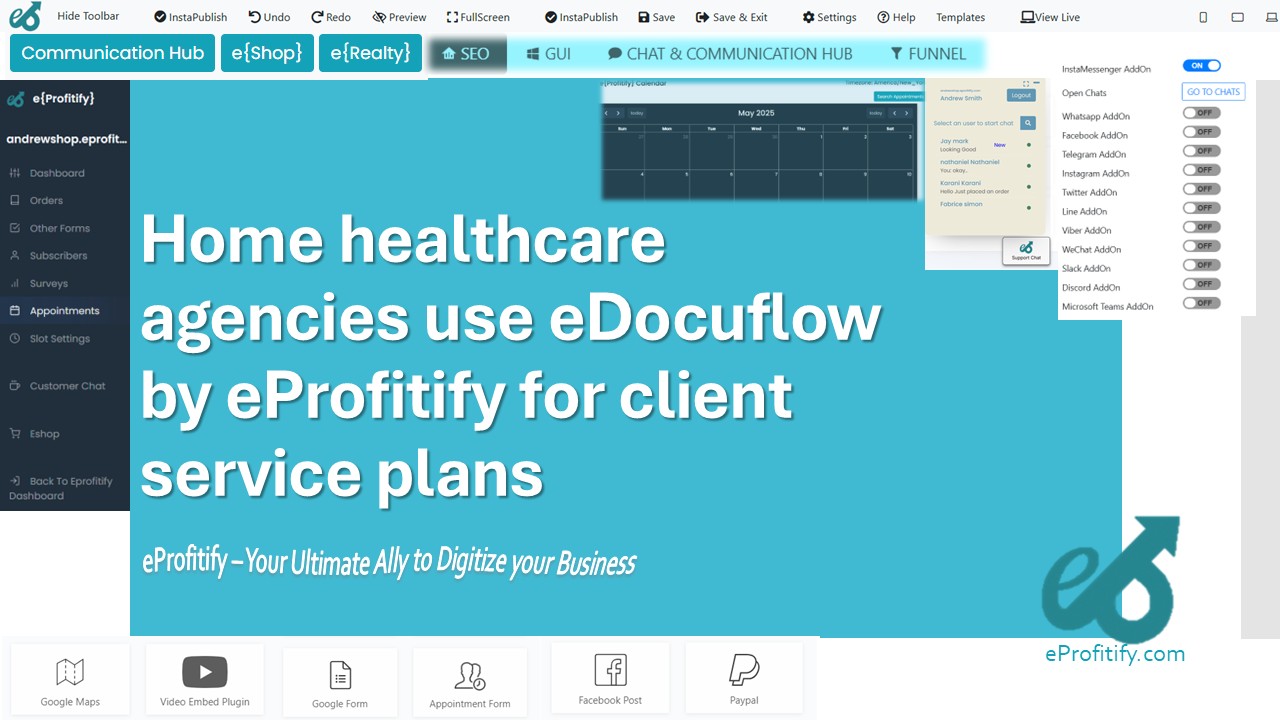
Schedule a LIVE Zoom call with an eProfitify Expert.
Home Healthcare Agencies Leverage eDocuflow by eProfitify for Streamlined Client Service Plans
In the rapidly evolving landscape of healthcare, home healthcare agencies face the dual challenge of delivering personalized patient care while managing complex administrative tasks. Client service plans, which outline the specific care strategies, treatments, and goals for each patient, are central to ensuring quality outcomes. However, creating, updating, and maintaining these documents can be time-consuming and prone to inefficiencies. eProfitify’s eDocuflow emerges as a transformative solution, empowering home healthcare agencies to automate and optimize the creation of client service plans while adhering to regulatory standards. This document generation tool streamlines workflows, enhances collaboration, and ensures compliance, allowing agencies to focus on their core mission: improving patient well-being.
The Importance of Client Service Plans in Home Healthcare
Client service plans are foundational to home healthcare operations. These documents detail the medical, therapeutic, and supportive services required by patients, often involving input from multidisciplinary teams, including physicians, nurses, therapists, and social workers. A well-structured service plan ensures continuity of care, reduces errors, and aligns all stakeholders with the patient’s health objectives. However, manual documentation processes can lead to delays, inconsistencies, and compliance risks, particularly when managing large caseloads or adhering to evolving regulations like HIPAA (Health Insurance Portability and Accountability Act).
Challenges in Traditional Document Management
Home healthcare agencies traditionally rely on manual methods to draft client service plans, which involve repetitive data entry, fragmented communication, and version control issues. Key pain points include:
- Time-Centric Workflows: Manually creating and updating service plans diverts staff time from direct patient care.
- Risk of Errors: Human oversight in documenting patient needs or treatment protocols can compromise care quality.
- Compliance Complexities: Ensuring that plans meet state and federal regulations requires meticulous attention to detail.
- Collaboration Barriers: Disjointed communication between caregivers, patients, and external stakeholders can delay approvals or updates.
These challenges underscore the need for an automated, secure, and intuitive platform tailored to the demands of home healthcare documentation.
eDocuflow: A Tailored Solution for Client Service Plans
eDocuflow, a module within eProfitify’s comprehensive website management ecosystem, addresses these challenges by enabling agencies to generate, customize, and manage client service plans efficiently. Its features are designed to align with the operational and regulatory requirements of home healthcare providers.
Key Features of eDocuflow for Home Healthcare
-
Customizable Templates
eDocuflow offers pre-built, healthcare-specific templates that agencies can adapt to their unique workflows. These templates standardize the structure of service plans while allowing customization to reflect individual patient needs. For example, fields for medication schedules, therapy goals, and caregiver instructions can be easily modified without requiring technical expertise. -
Automated Data Integration
The tool integrates seamlessly with existing systems, such as Electronic Health Records (EHRs) or Customer Relationship Management (CRM) platforms, to pull patient data directly into service plans. This automation reduces manual data entry, minimizes errors, and ensures that plans are always based on the latest patient information. -
Real-Time Collaboration
Care teams can collaborate on documents in real time, with features like annotations, version history, and role-based access controls. Physicians, nurses, and administrative staff can review and update plans simultaneously, accelerating approvals and ensuring alignment across departments. -
Regulatory Compliance
eDocuflow is designed to meet healthcare compliance standards, including HIPAA. The platform encrypts sensitive patient data, logs audit trails, and automatically incorporates mandatory legal language into documents. This reduces the risk of non-compliance penalties and safeguards patient confidentiality. -
Workflow Automation
Agencies can set up automated triggers to generate service plans at specific intervals (e.g., after assessments or care plan reviews). Notifications remind staff of pending tasks, ensuring timely updates and reducing administrative bottlenecks. -
Cloud-Based Accessibility
As a cloud-native tool, eDocuflow allows authorized users to access, edit, and share documents from any device. This flexibility is critical for home healthcare providers who operate in diverse settings, from agency offices to patients’ homes.
Benefits of eDocuflow for Home Healthcare Agencies
By integrating eDocuflow into their operations, home healthcare agencies unlock measurable improvements in efficiency, accuracy, and patient outcomes.
-
Enhanced Operational Efficiency
Automating document generation reduces the time spent on administrative tasks, enabling staff to allocate more resources to direct patient care. For instance, a service plan that once took hours to draft manually can be generated in minutes using eDocuflow’s templates and data integration capabilities. -
Improved Accuracy and Consistency
Predefined templates and automated data pulls ensure that service plans are consistent in format and content. This standardization minimizes discrepancies between caregivers and reduces the likelihood of errors in critical areas like medication dosages or treatment schedules. -
Scalability
eDocuflow scales with the agency’s growth, accommodating increases in patient volume without requiring additional administrative staff. Agencies can easily replicate successful workflows across multiple locations or teams. -
Strengthened Compliance Posture
The platform’s built-in compliance features help agencies navigate complex regulatory landscapes. Automated updates to templates ensure that any changes in regulations are promptly reflected in new or revised service plans. -
Patient-Centered Care
By streamlining administrative burdens, caregivers can dedicate more time to understanding patient needs and tailoring interventions. Real-time collaboration also fosters a holistic approach, allowing multidisciplinary teams to contribute insights that enhance care quality.
Use Cases: eDocuflow in Action
- Post-Hospitalization Care: An agency uses eDocuflow to quickly generate personalized recovery plans for patients discharged after surgery, integrating physician orders, rehabilitation goals, and family caregiver instructions.
- Chronic Disease Management: For patients with long-term conditions like diabetes, the tool automates periodic updates to service plans based on latest vitals or lab results pulled from EHRs.
- Multi-Disciplinary Coordination: A hospice care team collaborates in real time to adjust pain management protocols, ensuring all providers work from the most recent version of the patient’s plan.
Conclusion
eDocuflow by eProfitify redefines how home healthcare agencies approach client service plan management. By automating documentation, ensuring compliance, and fostering collaboration, the platform empowers agencies to deliver higher standards of care while optimizing operational workflows. In an industry where precision and timeliness are paramount, eDocuflow stands as a critical tool for agencies striving to balance administrative excellence with patient-centered service. As home healthcare continues to grow, solutions like eDocuflow will remain indispensable in driving efficiency, reducing risks, and improving outcomes for patients and providers alike.
